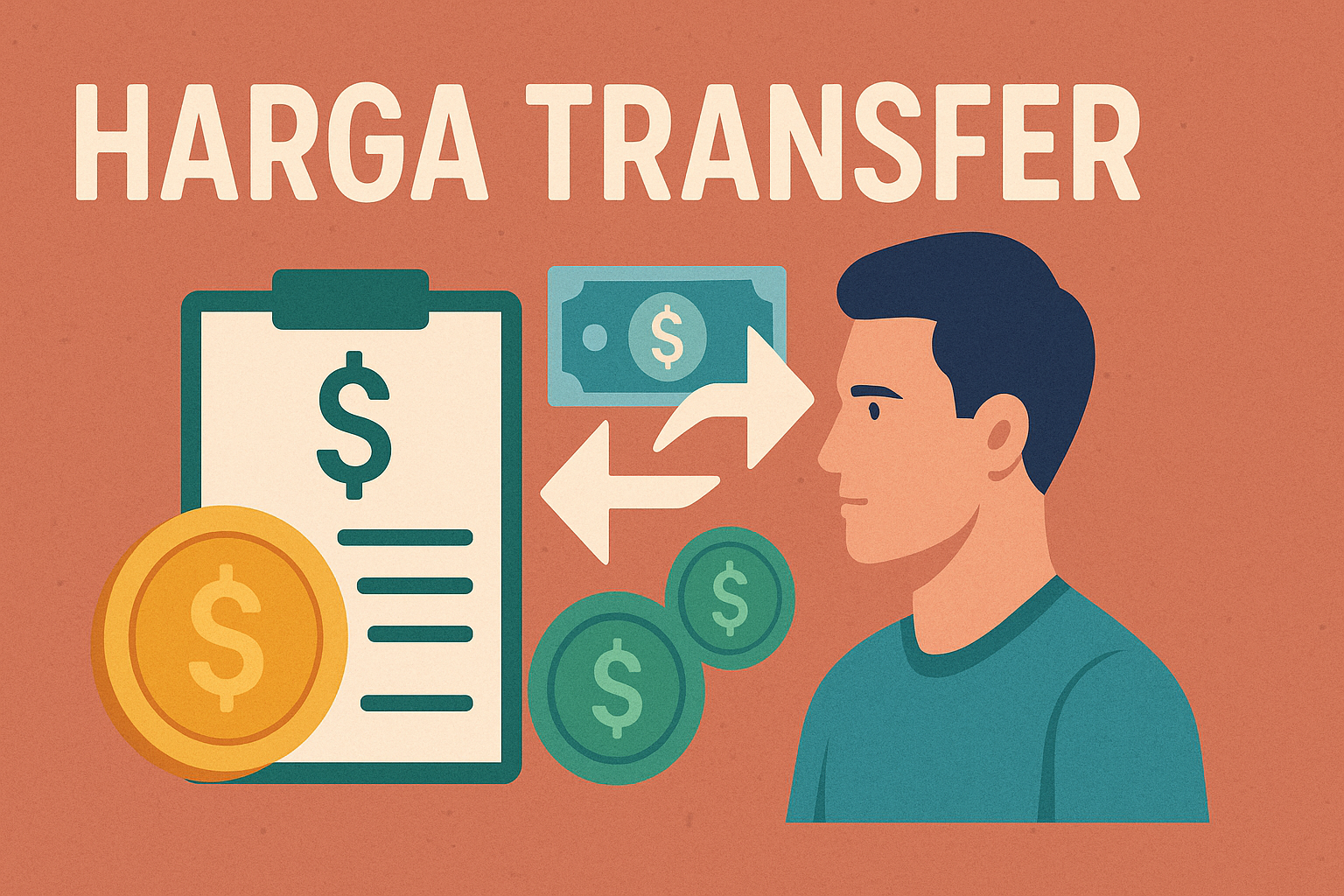Judicial Reform: Enhancing the Justice System in Indonesia — My Real Take and Helpful Tips
JAKARTA, turkeconom.com – In Indonesia, Judicial Reform is no longer a theoretical exercise—it’s an urgent necessity. As the world’s third-largest democracy, Indonesia’s judiciary must uphold the rule of law, protect human rights, and maintain public trust. Yet persistent delays, opaque appointment processes, and limited access to justice threaten these goals. This article offers a comprehensive roadmap for Judicial Reform in Indonesia, blending in-depth analysis with practical, actionable tips that civil society, policymakers, and legal professionals can implement today.
Current Challenges

Delays & Backlogs
Indonesia’s courts grapple with overwhelming caseloads. On average, a single judge may handle over 4,000 cases annually, leading to multi-year delays. Such backlogs undermine the very essence of Judicial Reform, eroding confidence and denying timely justice to citizens.
Judicial Independence Concerns
True Judicial Reform demands impartial decision-making, free from political interference. However, unclear evaluation criteria for promotions and internal pressure from powerful interests compromise judicial independence, fueling perceptions of bias.
Corruption & Ethical Lapses
Despite strong anti-corruption bodies, low-profile bribery and “fee-for-speed” arrangements persist. Comprehensive Judicial Reform must tackle these ethical lapses head-on by reinforcing oversight and creating robust whistleblower mechanisms.
Key Pillars of Judicial Reform
Legal & Policy Enhancement
A robust legal framework is the foundation of any Judicial Reform initiative.
Case-Management Rules
Streamline procedural codes to introduce strict timelines for filing, hearings, and verdicts. Clear rules reduce discretionary delays and limit opportunities for under-the-table dealings.
Merit-Based Appointments
Shift from opaque seniority systems to transparent, meritocratic selection processes that test legal knowledge, integrity, and community engagement. This measure ensures that Judicial Reform elevates the most qualified candidates.
Institutional Capacity & Professionalism
Empowered institutions and well-trained personnel are essential for lasting Judicial Reform.
Continuous Training
Implement mandatory, ongoing education programs covering international standards, human-rights law, and new legislation. Regular workshops foster a culture of excellence and integrity.
Performance Evaluation
Develop objective KPIs—such as case clearance rates, peer reviews, and public feedback—for judges and court staff. Linking promotions to these metrics incentivizes efficiency and ethical conduct.
Resource Allocation
Increase budget allocations for modern court infrastructure, legal research units, and specialized divisions (e.g., commercial, juvenile). Adequate funding is critical to achieving meaningful Judicial Reform.
Improving Access to Justice
Legal Aid Expansion
Broaden the network of Legal Aid Institutes (LBH) with sustainable public-private funding. Affordable legal representation is a cornerstone of equitable Judicial Reform.
Mobile Court Units
Deploy mobile tribunals to rural and remote areas, bringing the court to citizens rather than vice versa. These “travelling courts” can resolve minor civil and administrative cases on-site, reducing travel costs and delays.
Alternative Dispute Resolution
Promote arbitration and mediation centers to handle non-criminal disputes swiftly and cost-effectively. Integrating ADR mechanisms into mainstream practice accelerates case resolution—advancing Judicial Reform goals.
Digitalization & Transparency
E-Filing Systems
Implement an integrated national platform for electronic pleadings, document management, and scheduling. E-filing cuts paper waste, accelerates filings, and provides transparent audit trails—key achievements of modern Judicial Reform.
Public Dashboards
Publish real-time data on caseloads, verdict durations, and judge performance. Accessible dashboards empower citizens, journalists, and oversight bodies to monitor progress and hold institutions accountable.
Virtual Hearings
Normalize remote hearings via secure video-conferencing tools. Virtual sessions reduce travel burdens, speed up procedural matters, and ensure continuity during crises—elevating Judicial Reform through resilience.
Ethics, Oversight & Accountability
Strengthening the Judicial Commission
Empower the Judicial Commission with binding investigatory and sanctioning authority. A robust oversight body is indispensable to enforce ethical standards and drive systemic Judicial Reform.
Whistleblower Protections
Establish clear legal safeguards guaranteeing anonymity and non-retaliation for court employees, lawyers, and litigants who report misconduct. Effective whistleblower policies are a linchpin of any Judicial Reform framework.
Peer Audits
Institutionalize periodic reviews by rotating panels of senior judges. Peer audits assess case files, ethical compliance, and management practices, fostering continuous improvement in line with Judicial Reform objectives.
Role of Civil Society & Public Engagement
Legal Literacy Campaigns
Collaborate with NGOs, universities, and bar associations to educate the public on legal rights and court procedures. Informed citizens become active advocates for Judicial Reform.
Community Monitoring
Invite trained volunteer observers to attend trials and report irregularities. Citizen participation creates grassroots pressure for transparent, accountable courts—fueling long-term Judicial Reform.
Media Collaboration
Encourage investigative journalism focusing on landmark cases, backlog statistics, and judicial performance. Responsible reporting amplifies the call for Judicial Reform and keeps stakeholders on their toes.
My Real Take: Practical Tips for Effective Change
Pilot Projects & Quick Wins
Begin with small-scale digitalization pilots in one province. Fine-tune the system, then expand nationally. Demonstrated successes build momentum—and public trust—in broader Judicial Reform efforts.
Stakeholder Engagement
Convene roundtables with judges, prosecutors, clerks, and community leaders before drafting policies. Early buy-in from key players eases implementation of Judicial Reform initiatives.
Cross-Agency Collaboration
Align the Ministry of Law, Supreme Court, KPK, and regional governments around shared data platforms and reform objectives. Unified efforts amplify impact and prevent siloed progress.
Measure & Publicize Progress
Set clear quarterly targets (e.g., 20% backlog reduction, 30% legal aid case increase). Regularly publish outcomes to demonstrate tangible benefits of Judicial Reform to the public and policymakers.
Technology Partnerships
Forge alliances with universities, tech start-ups, and international donors to develop open-source court software. Leveraging external expertise accelerates cost-effective innovation in Judicial Reform.
Culture of Integrity
Recognize and reward exemplary judges and staff through national awards, media profiles, and career incentives. Celebrating role models embeds ethical standards into the judiciary—solidifying Judicial Reform gains.
Conclusion
Comprehensive Judicial Reform in Indonesia requires synchronized action across legal frameworks, institutional capacity, digital infrastructure, ethics oversight, and public engagement. By embracing meritocratic appointments, expanding access to justice, harnessing technology, and fostering a culture of integrity, Indonesia can rebuild public trust and ensure timely, impartial justice for all. Implement these practical tips today to accelerate and sustain meaningful change in the nation’s justice system.
Sharpen Your Skills: Delve into Our Expertise on Politic
Check Out Our Latest Piece on Indonesia Political History: Key Events Shaping Indonesia’s Politics!










